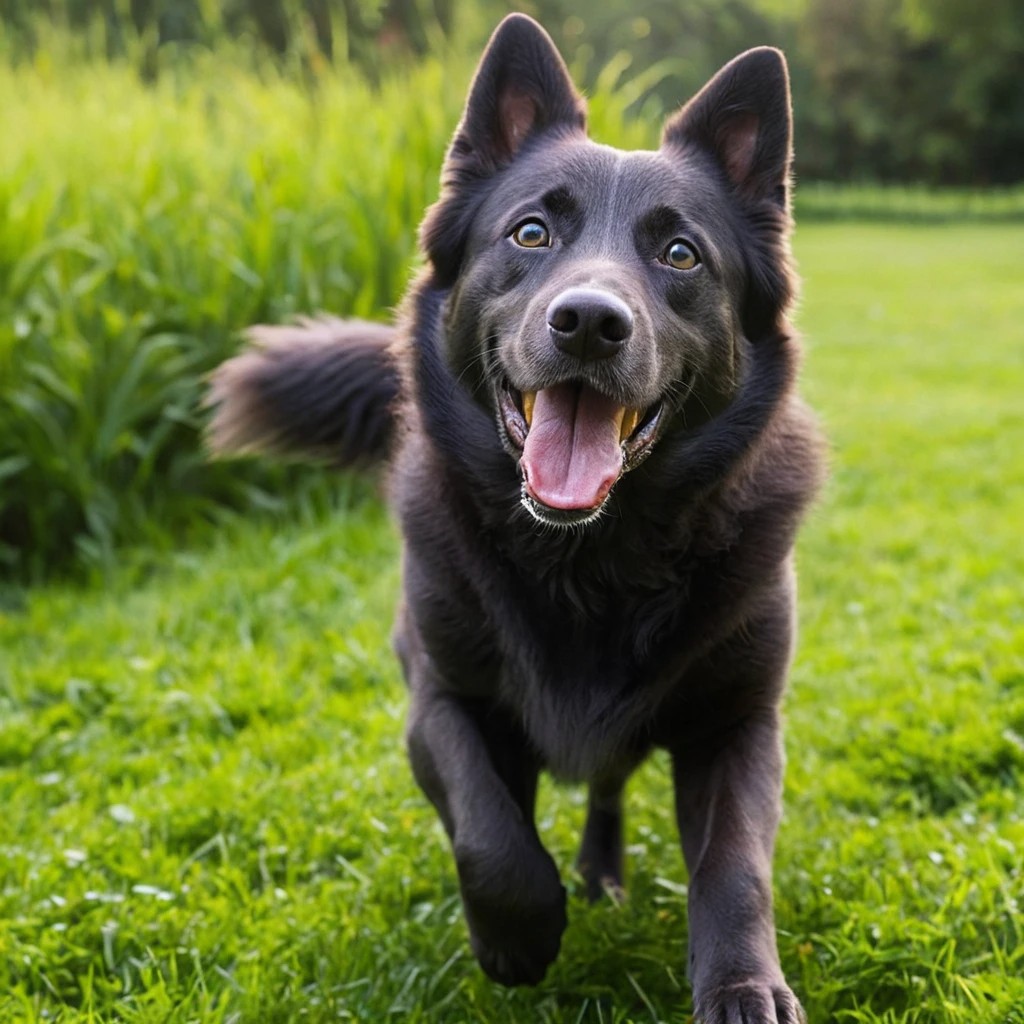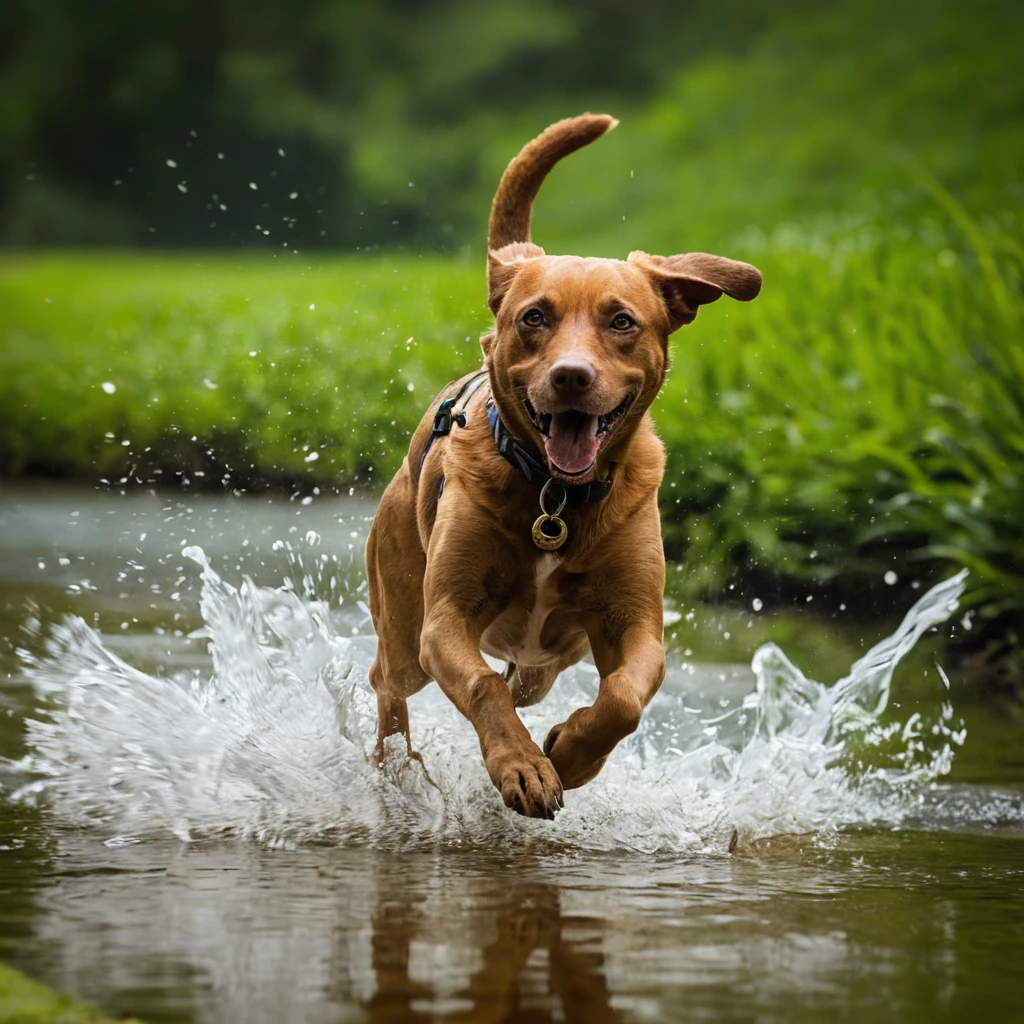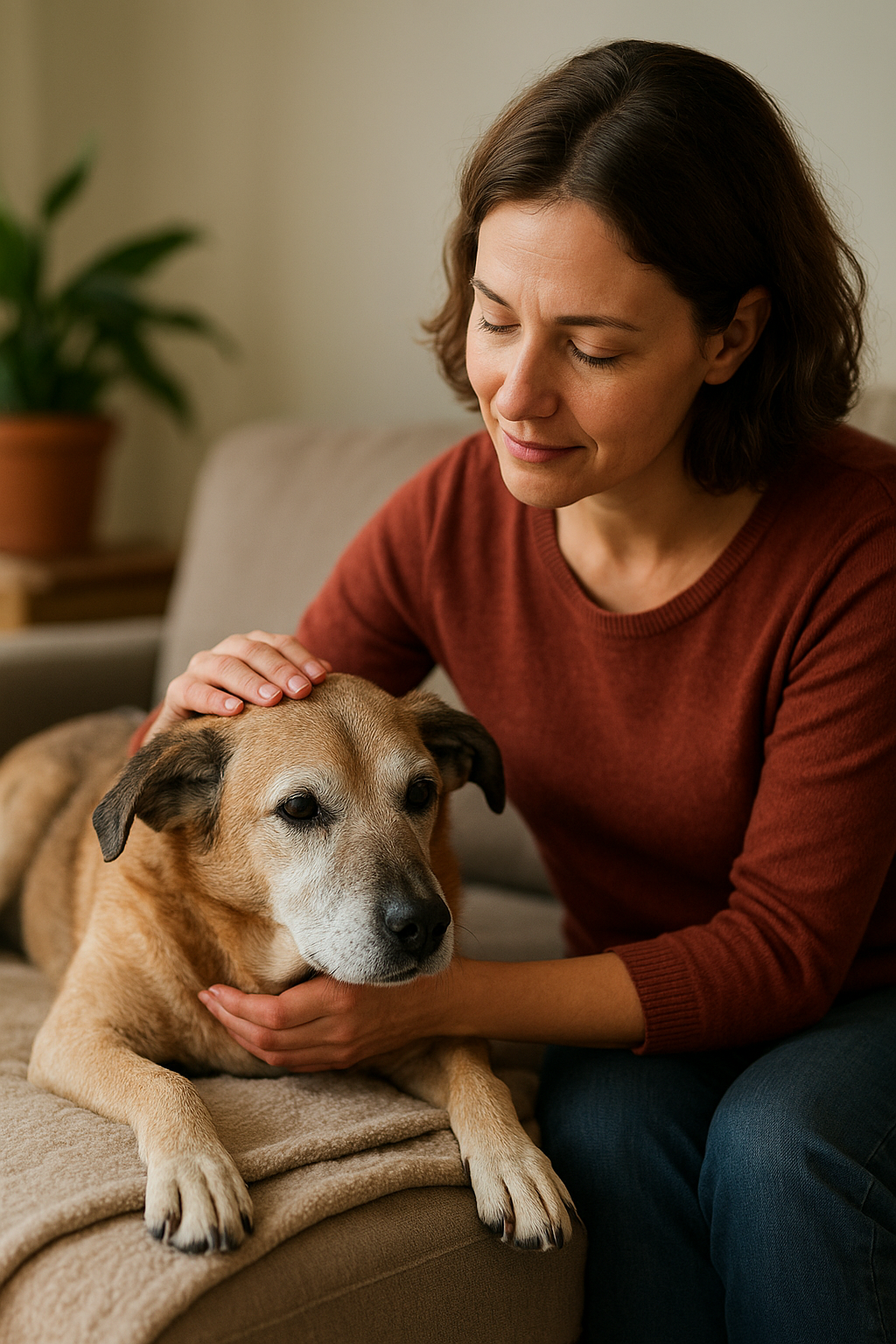Ao comprar uma raça de cachorro valiosa, é fácil se deixar enganar pelas aparências. Infelizmente, muitos compradores gastam milhares achando que estão comprando um cão de raça pura, só para descobrir mais tarde que seu novo filhote não é o que esperavam. 😔 Neste artigo, você aprenderá como identificar um cão de raça pura , evitar golpes e tomar uma decisão segura e informada. 🧾🐶
🔍 1. Solicite os documentos de pedigree
Um pedigree é a árvore genealógica do seu cão. Criadores legítimos fornecem documentos oficiais que comprovam a ancestralidade do seu filhote e o registro em organizações reconhecidas, como:
- AKC (American Kennel Club)
- FCI (Federação Cinológica Internacional)
- KC (The Kennel Club – Reino Unido)
📄 Esses documentos confirmam que ambos os pais são cães de raça pura registrados, não apenas o seu filhote.
🏷️ 2. Peça o número de registro do cão
Cada cão registrado possui um número de identificação exclusivo que você pode usar para verificar suas informações no registro do criador. Você deve ser capaz de:
- Pesquise online
- Veja a linhagem do cão, as autorizações de saúde e o histórico de exposições
🔗 A transparência é fundamental ao lidar com raças de alto valor.
🧬 3. Use testes de DNA para maior certeza
Mesmo com documentos, os testes de DNA acrescentam outra camada de verificação. Empresas como Embark , Wisdom Panel e Basepaws podem lhe dizer:
- A composição da raça do seu cão
- Traços herdados e riscos à saúde
- Antecedentes ancestrais que remontam a várias gerações
🧪 Uma rápida coleta de saliva pode evitar que você cometa um erro caro.
🐕 4. Estude o Padrão da Raça
Cada cão de raça pura possui características específicas definidas pelos clubes de canis, incluindo:
- Tipo de pelagem
- Formato da cabeça
- Cor dos olhos
- Posição da cauda e da orelha
- Movimento e comportamento
Compare o filhote à sua frente com fotos e guias de fontes confiáveis. Se algo parecer estranho, pode ser.
📚 A pesquisa torna você um comprador mais inteligente.
🛖 5. Visite o local de criação
Evite criadores que se recusem a mostrar onde os filhotes são criados. Um verdadeiro profissional lhe dará as boas-vindas em:
- Conheça os pais do cachorrinho
- Observe a limpeza do espaço
- Veja como os filhotes são tratados e socializados
🏡 O ambiente diz muito sobre o comportamento e a saúde futuros do cão.
👨⚕️ 6. Revise os resultados da triagem de saúde
Criadores de alto nível realizam diversos testes de saúde, especialmente para raças valiosas como:
- Mastim Tibetano: triagem de displasia coxofemoral
- Bulldogue Francês: verificações respiratórias e da coluna
- Samoieda: exames oftalmológicos e testes de função tireoidiana
Peça registros médicos e garantias de saúde.
🩺 Um cão saudável vale mais que um bonito.
🎓 7. Verifique se há microchip
Muitos criadores legítimos colocam microchip nos filhotes antes de vendê-los e os registram com seu nome e identidade.
Isto é um sinal de:
- Responsabilidade
- Rastreamento de longo prazo
- Uma vontade de proteger a identidade do cão
💾 Ele também protege seu investimento caso seu animal de estimação desapareça.
🛑 8. Desconfie de transações exclusivamente online
Evite comprar de qualquer pessoa que:
- Não faz videochamadas
- Envia fotos desfocadas ou inconsistentes
- Exige pagamento adiantado sem documentos
🕵️♂️ Os golpistas geralmente se passam por criadores de filhotes raros e desaparecem quando pegam seu dinheiro.
🤝 9. Faça perguntas ao criador e espere que ele responda
Um criador profissional também vai querer saber mais sobre você . Isso é um bom sinal.
Você deve perguntar:
- Quantas ninhadas a mãe teve
- Quais métodos de socialização eles usam
- Que comida, treinamento e horários os filhotes seguem
👩⚕️ Os verdadeiros criadores não apenas vendem — eles se importam com o destino dos seus filhotes.
🐾 10. Confie nos seus instintos (e faça uma pesquisa de preços)
Se o preço for bom demais para ser verdade , provavelmente é. Raças valiosas como Samoieda ou Lowchen geralmente não custam US$ 500. Use guias de preços de raças online para comparar.
🧠 Sua intuição, aliada à pesquisa, é sua melhor proteção.
✅ Considerações finais: compre com inteligência, não se arrependa
Cães de raça pura podem ser um investimento prazeroso e valioso — se você souber o que procurar . Com documentos de pedigree, testes de DNA e um criador confiável, você ganhará não apenas um cão, mas um companheiro leal com um histórico saudável e comprovado. 🐾💖













